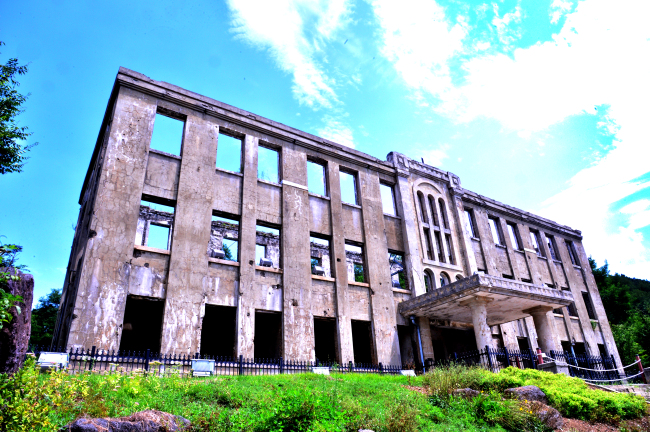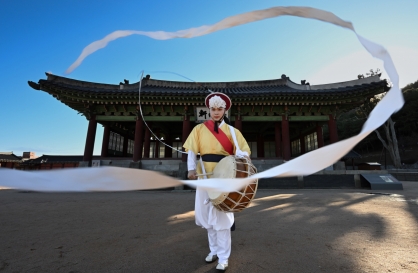Most Popular
Eye Plus
[Eye Plus] DMZ Peace Park: wildlife paradise at the Cold War’s last frontier
By Yeo Jun-sukPublished : Aug. 16, 2018 - 17:35
Since the DMZ has been off-limits for more than 60 years, the area has become home to many endangered species, including red-crowned cranes.
The border town of Cheorwon in Gangwon Province opened the DMZ Peace Park, an ecotourism park in the southern part of the heavily-fortified region, in 2016.

The park’s 6-kilometer-long course consists of five major destinations: a forest shelter, a wildflower shelter, a DMZ shelter, Landmine Road and an observatory.
From the forest shelter, visitors can see a variety of landmines, including anti-tank mines and those targeting ankles. Landmine Road offers a look at the North Korean bases and the barbed wire fences around them.

Since the area is peppered with landmines and off-limits to civilians, tracking the wildlife population in the DMZ is challenging. As luck would have it, when The Korea Herald visited, we caught sight of an endangered crane flying off the water along the road covered with landmine warnings.

Before the park exit stands the dilapidated North Korean ruling Workers’ Party building, a reminder of the ferocity of the Korean War.

Photographed by Park Hyun-koo
Written by Yeo Jun-su








![[Kim Seong-kon] Democracy and the future of South Korea](http://res.heraldm.com/phpwas/restmb_idxmake.php?idx=644&simg=/content/image/2024/04/16/20240416050802_0.jpg&u=)












![[KH Explains] Hyundai's full hybrid edge to pay off amid slow transition to pure EVs](http://res.heraldm.com/phpwas/restmb_idxmake.php?idx=652&simg=/content/image/2024/04/18/20240418050645_0.jpg&u=20240418181020)

![[Today’s K-pop] Zico drops snippet of collaboration with Jennie](http://res.heraldm.com/phpwas/restmb_idxmake.php?idx=642&simg=/content/image/2024/04/18/20240418050702_0.jpg&u=)